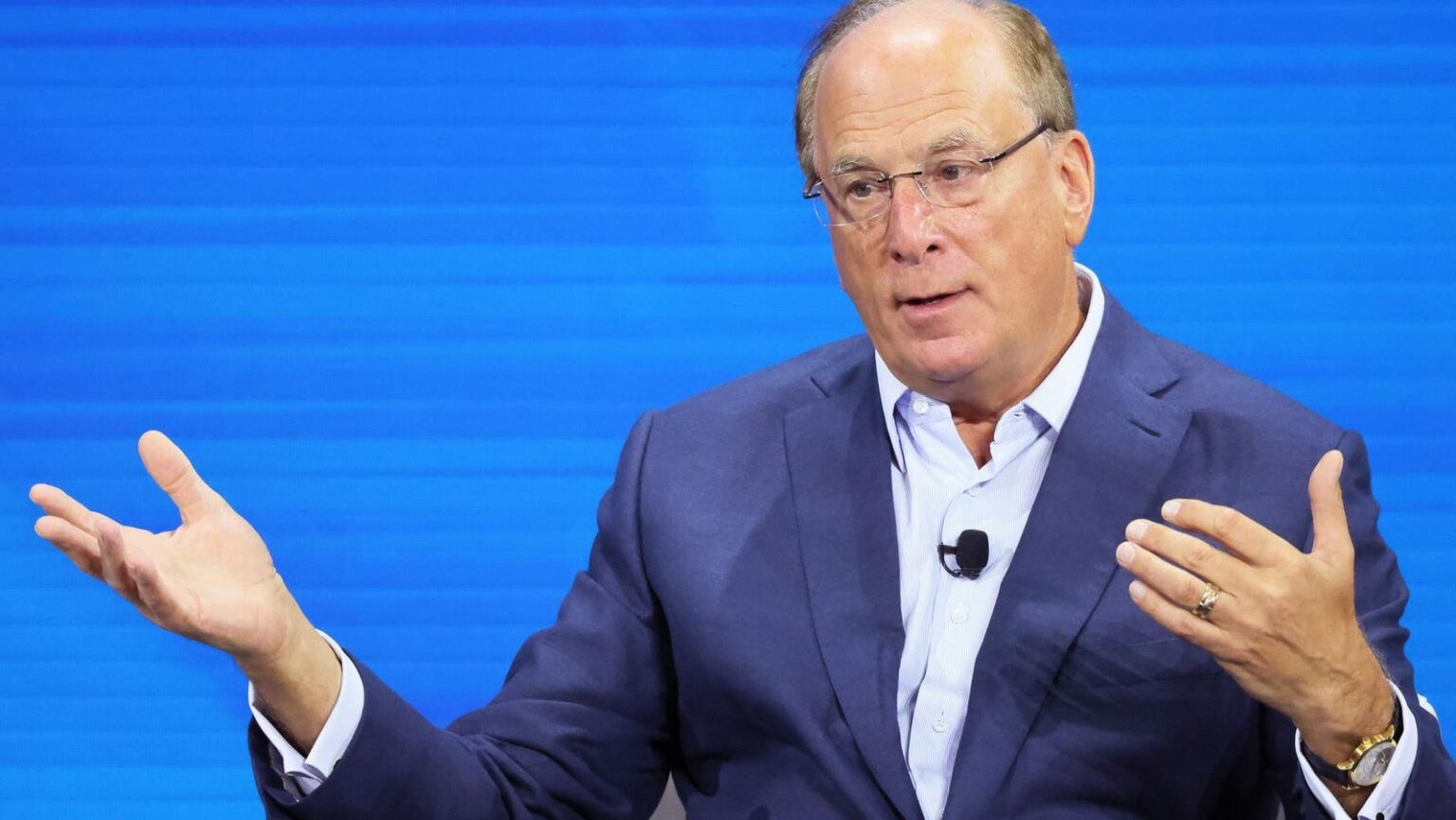There should no longer be a question in anyone’s mind that bitcoin is here to stay. What may be a little less clear is, why? The answer is fairly simple: Wall Street found the money.
The last sentence should be amusing to those who are supporters of bitcoin or are immersed in the digital asset class. Bitcoin
Bitcoin
, after all, was created to be money.
On October 31, 2008, the mysterious unknown developer of bitcoin who goes under the what is widely believed to be a pseudonymous name, Satoshi Nakamoto, described a digital cryptocurrency in a white paper titled, “Bitcoin: A Peer-to-Peer Electronic Cash System.”
It is entirely plausible that the leaders of global financial institutions read the white paper, studied the behavior of bitcoin throughout the fifteen plus years of existence, and converted to the belief system that bitcoin is going to have a fundamental impact on the global financial system. There is no reason to believe this did not happen.
This is, in fact, fairly close to what Larry Fink, the chief executive of Blackrock, believed to be the world’s largest asset manager, said during an interview with Jim Cramer on CNBC.
Larry Fink said, “I was a proud skeptic. I studied it. Learned about it, and I came away saying okay, my opinion five years ago was wrong, here is my opinion today, I believe the opportunity today. I believe bitcoin is legitimate…it is a legitimate financial instrument that allows you to have uncorrelated, non-correlated type of returns.”
There is an alternative explanation, however, that is equally plausible: the global financial institutions simply listened to their customers.
In the month of October 2024, bitcoin has a market cap of over $1.2 trillion. There may be reasons to be skeptical of bitcoin, and far more reasons when considering the broader cryptocurrency universe, but it is impossible to deny that an asset with a value of over one trillion dollars is not real or meaningful.
Young traders are taught that markets have momentum, and that momentum and market sentiment can be more important than fundamentals. Experienced financial market participants know that the markets can be like trains, and one should never stand in the way of a freight train under the misguided belief that you know exactly where it is going to stop. Bitcoin is a train in motion. Skeptics should be careful.
Customers across the entire spectrum, from retail to institutional, have expressed interest in bitcoin. More importantly, these customers have asked financial service institutions to provide access to bitcoin in a manner consistent with other established financial assets. LevelField Financial, my firm, is in the process of acquiring a U.S. chartered bank because we heard those customers, and we wish to provide a safe, simple, and secure experience for customers who wish to participate in the digital asset class.
Financial institutions – particularly the large Wall Street firms – exist to serve customers. If they do not offer the products and services requested by their customers, then it is entirely probable that those customers will migrate to other firms that offer the desired products.
For financial institutions, meeting the needs of customers is how they generate revenue. All products and services sold to customers generate value for the firm, one way or another. Put another way, financial institutions make money by selling products to customers that the customers want to buy.
Customers have said they wanted access to bitcoin products. For institutions they face a choice: not delivering such products could potentially risk the customer relationship, while providing the customers the products they want will generate revenue for the firm.
It may be the case that the titans of Wall Street are converts to the future of cryptocurrency based upon extensive study and a belief that this asset class represents a considerable improvement over the status quo.
Alternatively, a simple explanation for why so many firms are supporting bitcoin may be that they are simply reacting to overwhelming demand from their customers. After all, strong demand for products can lead to lucrative profits.
Occam’s razor suggests that the simplest explanation is usually the correct one.
Financial institutions responding to their customers and making money while doing so is how markets are supposed to work.
Read the full article here

